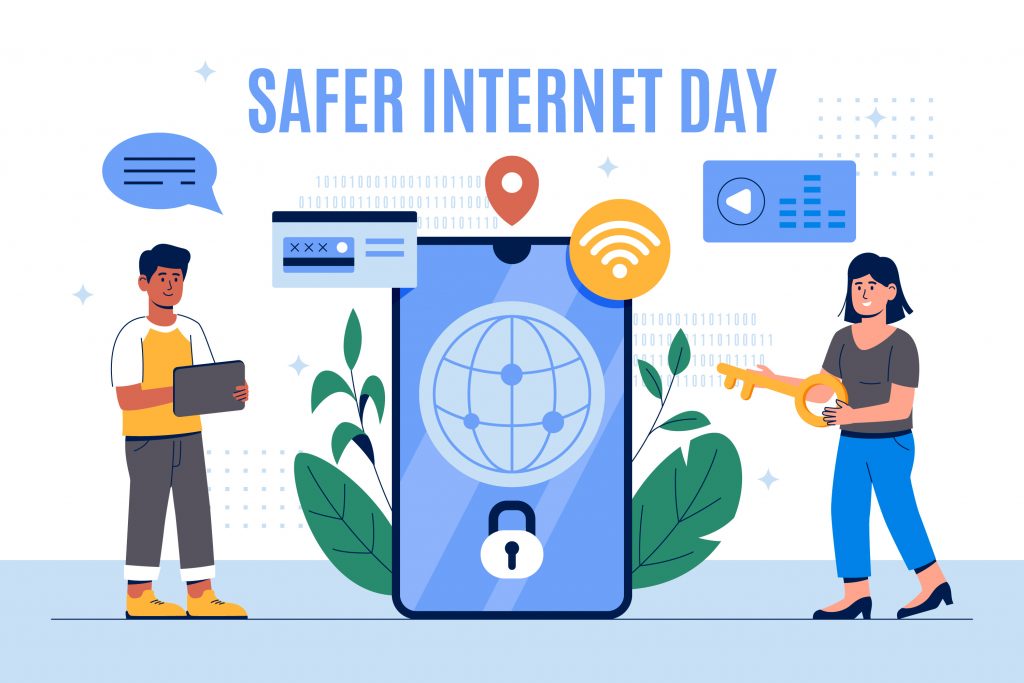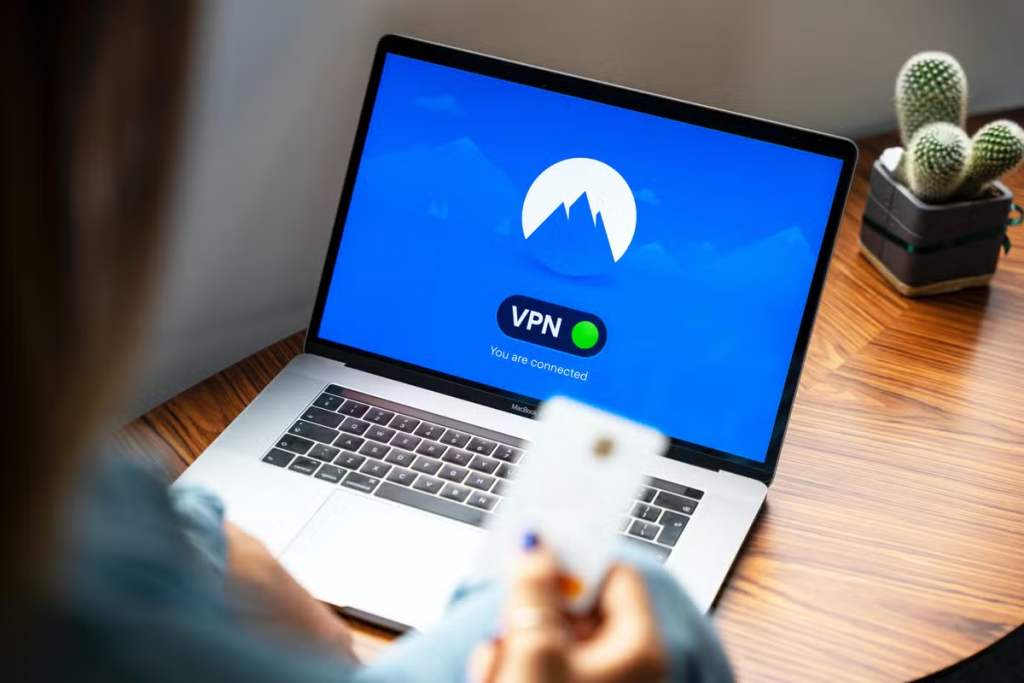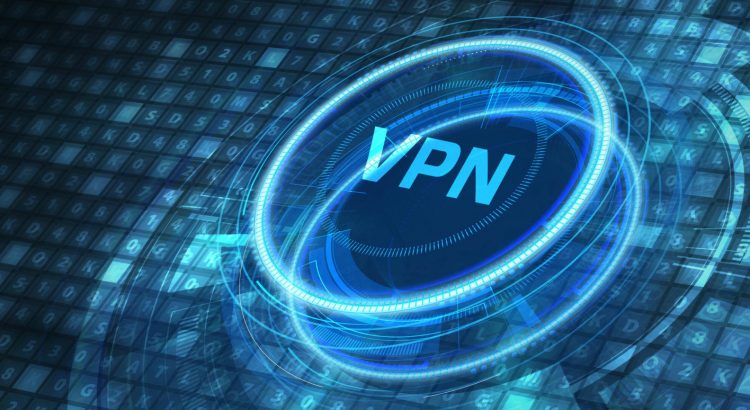Airport coffee, hotel lobby, conference halls. Public Wi-Fi feels like a freebie until you picture dozens of strangers sharing the same digital hallway. If you have ever wondered why security experts insist on using a VPN in these places, this guide shows How a VPN Keeps You Safe on Public Wi-Fi Networks with simple explanations and practical steps you can follow today.
Open our public Wi-Fi safety checklist on Compare VPN Services
How a VPN Keeps You Safe on Public Wi-Fi Networks
A VPN creates an encrypted tunnel between your device and a secure server. On public Wi-Fi, this tunnel prevents nearby snoops, compromised hotspots, and curious network owners from reading your data. Websites see the VPN server’s IP address, not the café’s IP tied to your device. That, in essence, is How a VPN Keeps You Safe on Public Wi-Fi Networks without changing how you browse.
Common threats on public Wi-Fi, explained simply
Before we dive deeper into how a VPN Keeps You Safe on Public Wi-Fi Networks, it helps to name the usual risks.
- Packet sniffing: Attackers capture unencrypted traffic on shared networks.
- Rogue hotspots: Fake “Free WiFi” networks impersonate legitimate ones to intercept connections.
- Evil-twin attacks: An attacker clones the SSID of a real hotspot to trick devices into joining.
- Session hijacking: Stolen cookies or tokens can let attackers impersonate you.
- DNS manipulation: A malicious network can redirect you to phishing pages.
Read our quick pre-connect checklist on Compare VPN Services

What changes when the VPN is on?
- End-to-end encryption to the VPN server: Local observers see only scrambled data.
- IP masking: Sites and services interact with the VPN server’s IP, not the hotspot’s address linked to your device.
- Protected DNS: When the VPN app tunnels DNS, your lookups are hidden from the local network, which blocks many redirect tricks.
- Consistent routing: Even on quirky hotel or airport networks, your apps behave predictably because the VPN normalizes the path.
Comparison table: threats vs what a VPN mitigates
| Public Wi-Fi threat | What the attacker tries to do | How a VPN helps |
|---|---|---|
| Packet sniffing | Read your traffic on the local network | Encrypts traffic so captured data is unreadable |
| Rogue hotspot | Sit in the middle and watch connections | Scrambles all data after you connect, reducing what the hotspot learns |
| Session hijacking | Steal cookies or tokens | Adds another encrypted layer that protects session data in transit |
| DNS spoofing | Send you to fake websites | Tunnels DNS to trusted resolvers, reducing local tampering |
| Metadata profiling | Log sites you visit | Hides destination domains from the local network and owner |
See our step-by-step setup guide on Compare VPN Services
VPNs vs other tools on public Wi-Fi
People often ask how How a VPN Keeps You Safe on Public Wi-Fi Networks compares to browsers or proxies. Use this quick map.
| Capability on public Wi-Fi | VPN | HTTPS-only browser | Proxy | Tor |
|---|---|---|---|---|
| Encrypts traffic for all apps | Yes | Browser only | Usually no | Tor browser or app only |
| Masks your device’s IP from sites | Yes | No | Yes | Yes |
| Blocks local sniffing by default | Yes | Partially | No | Yes |
| Handles DNS inside a tunnel | Yes | Sometimes | Rare | Yes |
| Performance consistency | High with modern protocols | High | Medium | Lower |
Takeaway: HTTPS is essential, but it protects data only between your browser and each website. How a VPN Keeps You Safe on Public Wi-Fi Networks goes further by encrypting app-wide traffic and masking your IP at the network level.
Compare privacy tools in plain English on Compare VPN Services
Features that matter on public Wi-Fi in 2025
The client app you use determines a lot about How a VPN Keeps You Safe on Public Wi-Fi Networks.
| Feature | What it does | Why it matters on public Wi-Fi |
|---|---|---|
| Kill switch | Blocks internet if the VPN drops | Prevents accidental exposure during unstable hotspots |
| DNS leak protection | Forces DNS into the tunnel | Stops hotspot DNS from logging or redirecting queries |
| IPv6 handling | Properly tunnels or disables IPv6 | Avoids unnoticed leaks on modern networks |
| Protocol choice | WireGuard, OpenVPN, IKEv2 | Faster handshakes and reliability when roaming |
| Split tunneling | Choose which apps use VPN | Keep sensitive apps protected while allowing local devices if needed |
| Obfuscation | Makes VPN traffic look like regular HTTPS | Helps in captive portals and restrictive environments |
Get our public Wi-Fi configuration tips on Compare VPN Services
A quick routine to use every time you join public Wi-Fi
Here is a practical checklist that embodies how a VPN Keeps You Safe on Public Wi-Fi Networks without extra tools.
- Verify the network name with staff. Do not guess an SSID.
- Turn on your VPN before opening any sites. Connect first, then browse.
- Enable kill switch and confirm DNS is tunneled. These two settings prevent most accidental leaks.
- Avoid sensitive tasks on unknown networks. If you must, keep the VPN on for the entire session.
- Log out and forget the network after use. Prevent automatic reconnection to evil-twin hotspots.
Save our printable checklist on Compare VPN Services

Why performance stays usable
Encryption adds some overhead, but the difference is usually small with modern protocols. WireGuard and optimized OpenVPN settings help maintain speed even on busy airport routers. Pick a nearby region for lower latency. This is another reason How a VPN Keeps You Safe on Public Wi-Fi Networks is practical for everyday travel, not just for security purists.
Frequently Asked Questions
Do I still need a VPN if the website is HTTPS?
Yes. HTTPS protects the path between your browser and a site. How a VPN Keeps You Safe on Public Wi-Fi Networks adds encryption for all apps and hides DNS and IP information from the local network. Both layers together are stronger.
Can a VPN protect me from fake hotspots?
It reduces the damage by encrypting all traffic even if the hotspot is malicious. You should still confirm the legitimate SSID with staff to avoid connecting to impostors. Good habits plus the VPN are safest.
Will a VPN stop tracking and ads?
A VPN prevents local and ISP-level snooping, but websites can still track you with cookies or fingerprinting. Use privacy-friendly browser settings alongside the VPN for the best results.
What happens if the VPN disconnects on public Wi-Fi?
With a kill switch enabled, your device blocks traffic until the tunnel is restored. This prevents your apps from quietly sending unprotected data.
Is a free proxy the same as a VPN on public Wi-Fi?
No. Most proxies do not encrypt traffic and protect only a single app. How a VPN Keeps You Safe on Public Wi-Fi Networks involves device-wide encryption and IP masking, which a basic proxy does not provide.
The bottom line
Public Wi-Fi will always be convenient and a little risky. The simplest way to shrink that risk is to understand How a VPN Keeps You Safe on Public Wi-Fi Networks and to switch it on before you browse. In 2025, modern protocols make it fast and reliable, while core features like a kill switch and DNS leak protection keep your information from spilling into a crowded network.
Explore more public Wi-Fi guides on Compare VPN Services
Browse all privacy and security articles on Compare VPN Services

